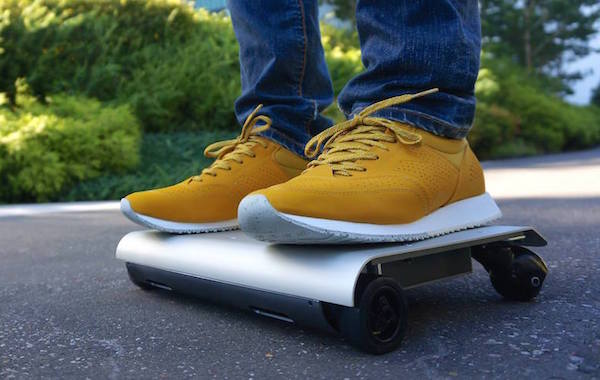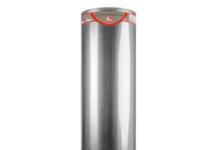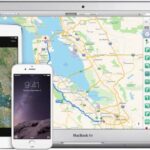Health data is being used to better identify kids and young people on the autism spectrum and could help to improve lives and educational outcomes. Researchers have developed a new method which allows them to understand children better and to get better insights into what life is like for people on the spectrum. The research methods is expected to help with comparing different services over time and how they impact on the lives of people and their families when it comes to managing autism.
Autism is more and more often being associated with skills in visual thinking, logic and memory but can make it difficult for people to adapt or function on a day-to-day basis. Past research has shown that autism often presents as an intellectual disability (for around 31 percent of individuals) and is often co-morbid with mental health issues, epilepsy, and constipation and sleep disorders. Global estimates also show that the condition is likely on the rise around the world which has contributed to the growth in interest in the field of autism research, with scientists in New Zealand trying to bridge some of the gaps in understanding about the condition.
New Zealand researchers are using data points to identify autism in people aged 0 to 24. The method has limitation, with the identification rate of 1 in 102 children aged eight indicating that it is likely under-identifying the issue but is a step in the right direction and seems to be consistent with identification rates globally for different gender and ethnic groups. The method can also be applied to better understand autism and how it interacts and co-occurs alongside other conditions such as behavioural issues and anxiety or intellectual disability. Research and data such as this will help New Zealand to better implement services related to autism.










































